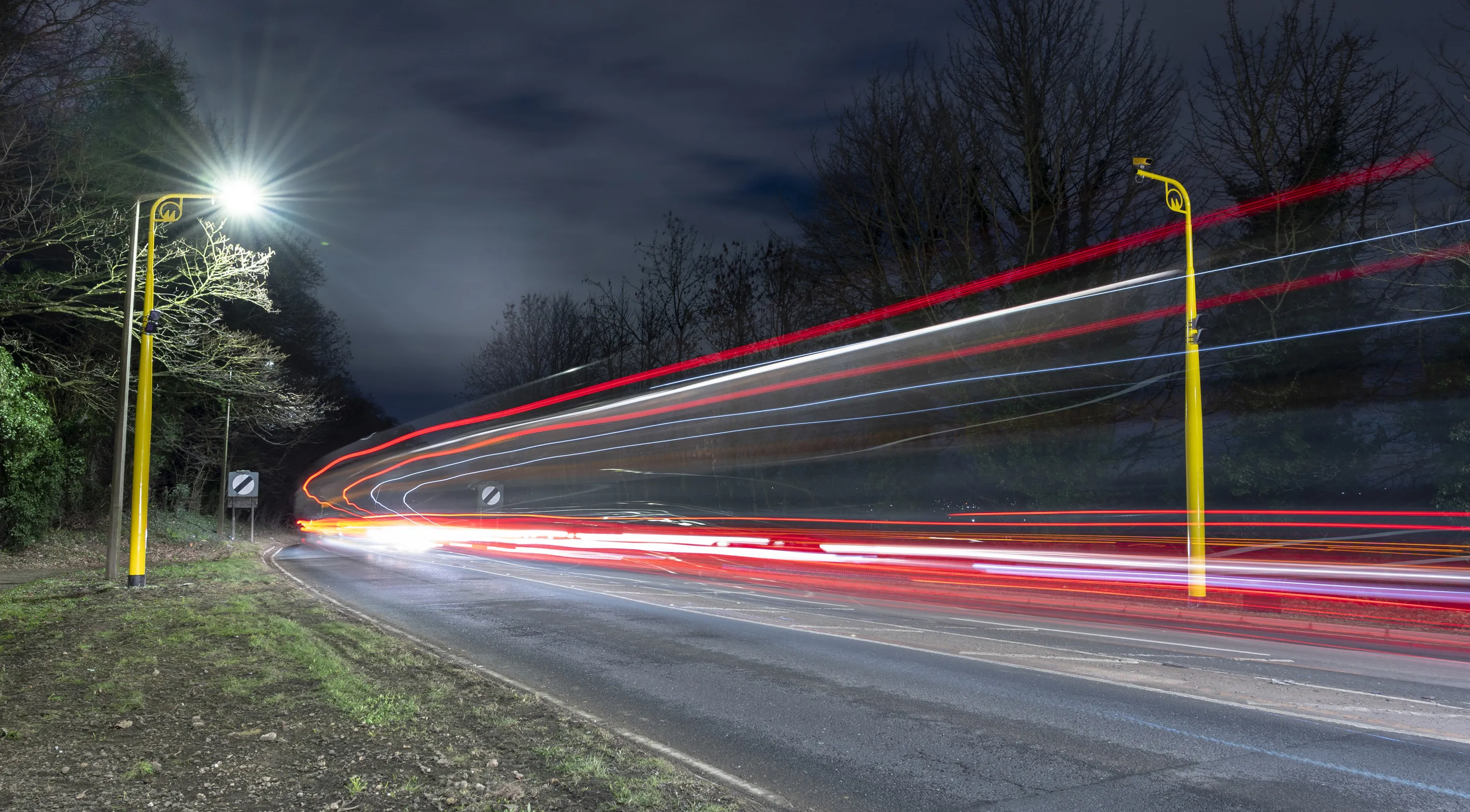
Jenoptik is to install its Specs cameras along sections of the A435, A446, A426 and A428 as part of new average speed schemes in Warwickshire, England.
Warwickshire is a county in the West Midlands region that is divided into the districts of North Warwickshire, Nuneaton and Bedworth, Rugby, Warwick and Stratford-on-Avon.
Wallace Redford, portfolio holder for road safety at Warwickshire County Council, says: “The average speed enforcement cameras will not only improve safety and save lives, but also manage traffic flow, which in turn leads to reduced traffic congestion and improved air quality.”
Jenoptik says its cameras work by logging a vehicle at two locations along a route, and then calculating the average speed over this distance.
According to Jenoptik, automatic number plate recognition (ANPR), allowing the same vehicle to be matched at either end.
The deployment is part of a collaboration with the Warwickshire Road Safety Partnership, which has input from Warwickshire Police, Office of the Police and Crime Commissioner for Warwickshire, Warwickshire County Council, Warwickshire Fire & Rescue Service and National Highways.
Faz Chisty, chief inspector on behalf of Warwickshire Road Safety Partnership, says speeding in local communities is one of the main concerns police are asked to deal with and data shows that speed cameras are effective.
“In Warwickshire, in 2019, 45,783 people were caught speeding in the county and even in 2020 during lockdown with fewer vehicles on the road, 33,640 people were caught speeding in Warwickshire so your chances of being caught breaking the law are high,” Chisty continues.
“Most people don’t speed and we are asking the drivers that do to ‘slow down, save lives’ by driving at an appropriate speed within the limit.”
Jenoptik’s deputy managing director Geoff Collins says: “When installed as part of a casualty reduction scheme, statistics show our schemes are startlingly effective, cutting the number of killed and seriously injured people by an average of 50%.
“They are also shown to lead to fewer emissions, meaning better air quality and have the support of drivers, with anecdotal evidence suggesting average speed schemes are far more accepted and popular than spot-speed cameras.”









